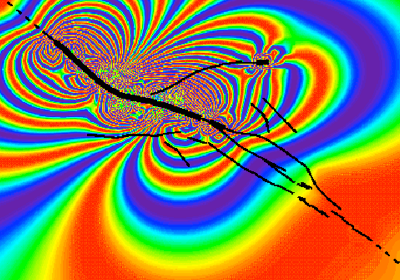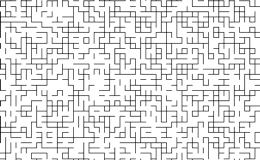The Tipping Point—Nucleation & Growth in Complex Systems
Complex systems are observed to undergo sudden changes in behavior when the system “tips” from one dominant dynamical pattern to another. The transition in system dynamics is associated with the nucleation and growth of fluctuations, together with a threshold in the state space of the system. The threshold can be characterized as a “tipping point”. Tipping points, or first-order transitions, can be associated with stock market crashes, earthquakes, hurricanes, and epidemics. In this course we will examine the dynamics of nucleation and growth in complex systems. We will develop the tools to understand the effects of tipping points, and how these lead to the appearance of fractals and scaling phenomena. We will examine the role of fluctuations, and how these lead to selection of new dynamical states, and we will illuminate the role of the “spinodal” the classical limit of stability of the system. Students in this course will study the dynamics of a variety of complex systems that demonstrate tipping points through the development and use of analytical and numerical methods.
Syllabus
-
1.Statistical thermodynamics: Scaling, percolation theory, & ergodicity
-
2.Nucleation
-
3.Fractals & fractal measures
-
4.Clusters, growth, self-affine surfaces & aggregation
-
5.Classical & spinodal nucleation
-
6.Examples: Threshold systems & ergodicity
-
7.Theory of fluctuations
Description


